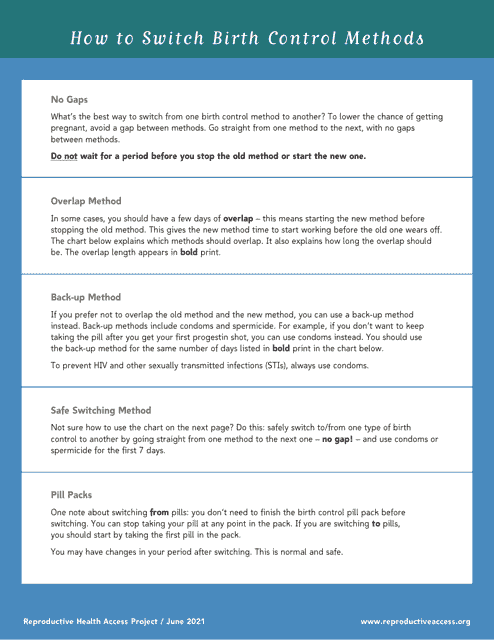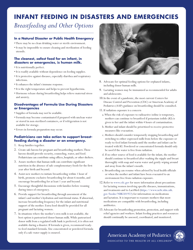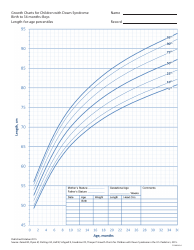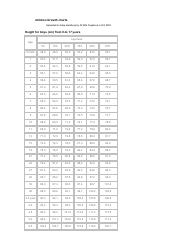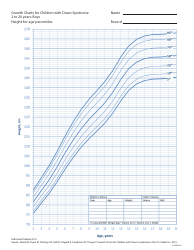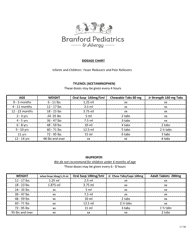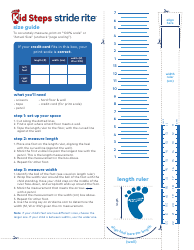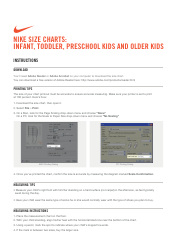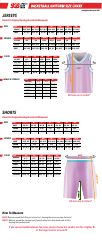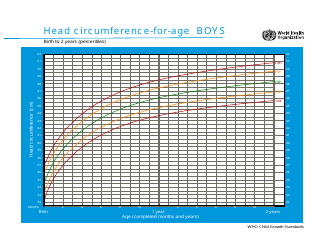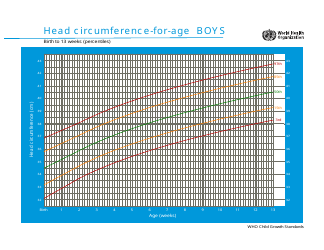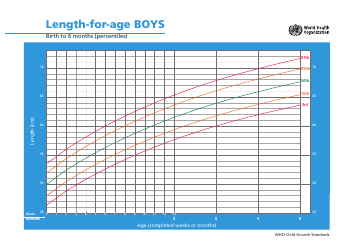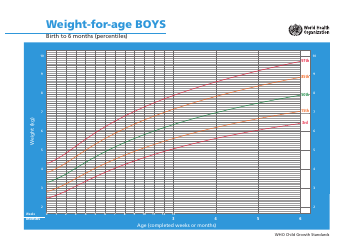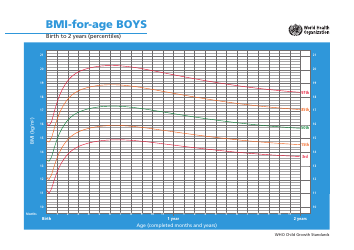Birth Control Methods Switch Chart
The Birth Control Methods Switch Chart is a document that provides information about different types of birth control methods. It includes details about the effectiveness, convenience, cost, and potential side effects of each method. This chart helps individuals make informed decisions about which birth control method may be best suited for their specific needs and preferences.
FAQ
Q: What are the different types of birth control methods?
A: There are several types of birth control methods, including hormonal methods (such as the pill, patch, or ring), barrier methods (such as condoms or diaphragms), intrauterine devices (IUDs), sterilization, natural family planning methods, and emergency contraception.
Q: How effective are hormonal birth control methods?
A: Hormonal birth control methods, like the pill, patch, or ring, are highly effective when used correctly. The typical failure rate for these methods is less than 1%, but it's important to take or use them consistently and as directed for maximum effectiveness.
Q: Are there any side effects of using hormonal birth control methods?
A: Some women may experience side effects when using hormonal birth control methods, such as nausea, breast tenderness, mood changes, or changes in menstrual bleeding. However, these side effects usually improve within a few months of starting the method.
Q: How does an IUD work as a birth control method?
A: An intrauterine device (IUD) is a small, T-shaped device that is inserted into the uterus by a healthcare provider. It works by preventing sperm from reaching and fertilizing an egg. There are both hormonal and non-hormonal IUDs available.
Q: What are the advantages of using barrier methods of birth control?
A: Barrier methods, like condoms or diaphragms, provide protection against both pregnancy and sexually transmitted infections (STIs). They are easily accessible, do not require a prescription, and can be used only when needed.
Q: Can sterilization be reversed if I change my mind about having children?
A: In some cases, sterilization procedures, such as tubal ligation for women or vasectomy for men, can be reversed through surgery. However, the success rates of these procedures vary, and it's important to consider them as permanent methods of birth control.
Q: What is emergency contraception, and how does it work?
A: Emergency contraception, sometimes called the "morning-after pill," is a method used to prevent pregnancy after unprotected sex or contraceptive failure. It contains higher doses of hormones or a different medication that can prevent ovulation or implantation of a fertilized egg.
